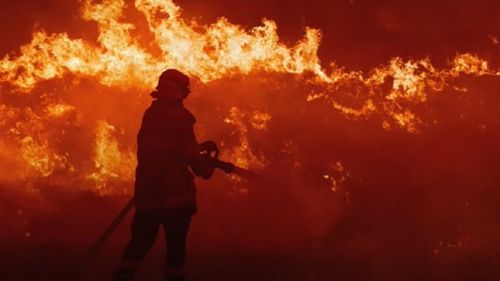Officials say March was the busiest busiest month of the season, with firefighters responding to over 2800 incidents, “which accounted for almost 50 per cent of the total hectares burnt across the whole fire season”.
Though the season has formally drawn to a close, authorities say the risk, while reduced, remains.

“We saw an increase in activity late in the season, with significant fires in Narrabri, Mudgee and Upper Lachlan LGAs,” Commissioner of the NSW RFS Rob Rogers said.
“Across the season, firefighters have worked on more than 24,800 bush and grass fires which burnt through over 116,000 hectares.
“We also sadly saw the loss of eight homes, 15 outbuildings and hundreds of livestock across firegrounds, however hundreds more homes and buildings were saved due to the actions of firefighters and landholders.
Read Related Also: A Cat Is Rated Five Stars On Google Maps
:saturation(1.46)/https%3A%2F%2Fprod.static9.net.au%2Ffs%2Fcc6d0c1d-e209-4472-b32a-da12f402531b)
“Whilst the bush fire season has ended, this doesn’t mean the risk of fire has, with the shift from recent wet weather to drier conditions already being seen across much of NSW.”
Rogers said a warmer-than-average winter could spell trouble for the state in the coming months and residents should remain on alert.
“With a warm and dry winter predicted, there is a real risk of fires occurring across the cooler months this year,” he said.
“Landholders must know their obligations if conducting burns and know the costs if you do the wrong thing, but most importantly, if a fire does get out of hand, make sure you report it immediately to Triple Zero (000).”








